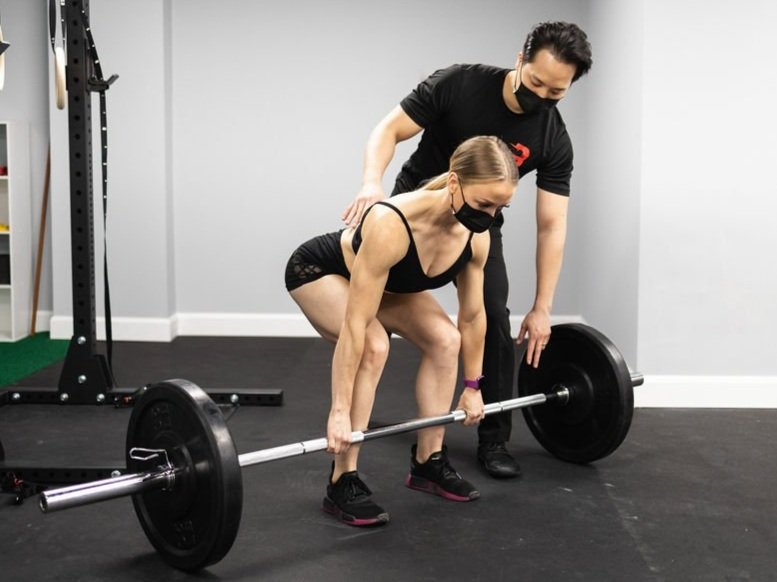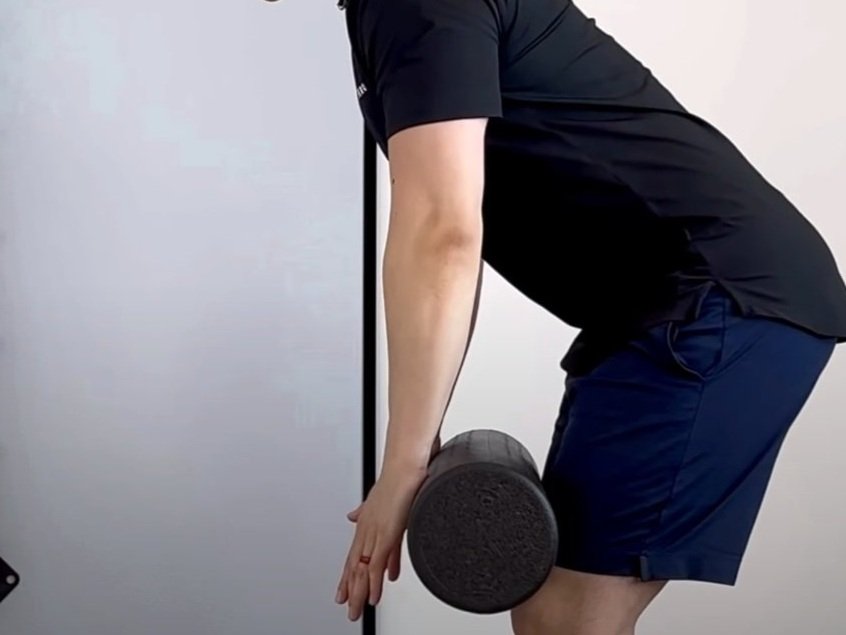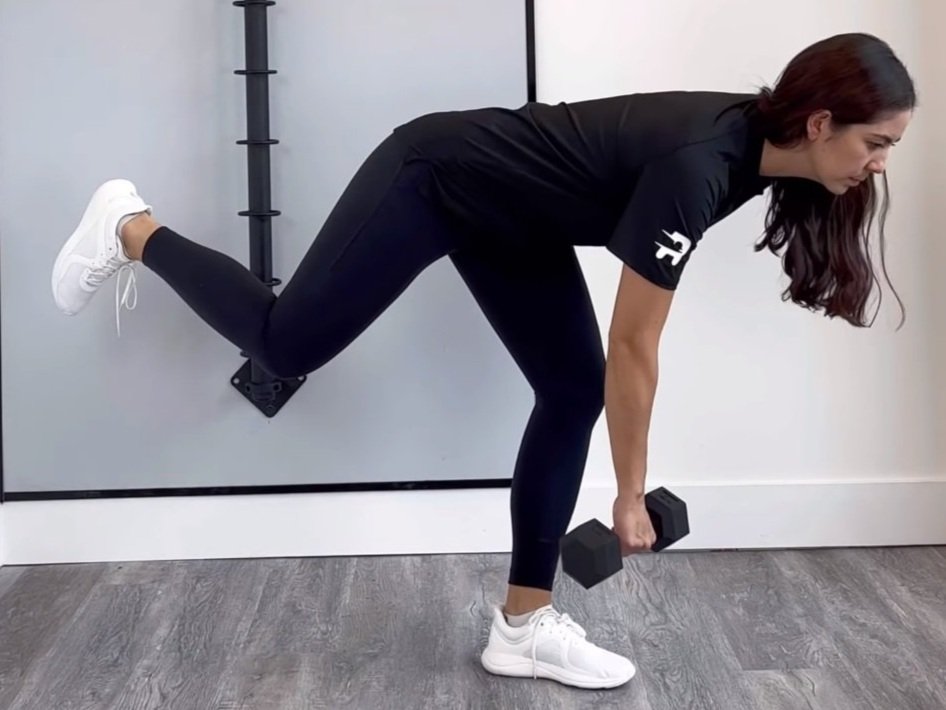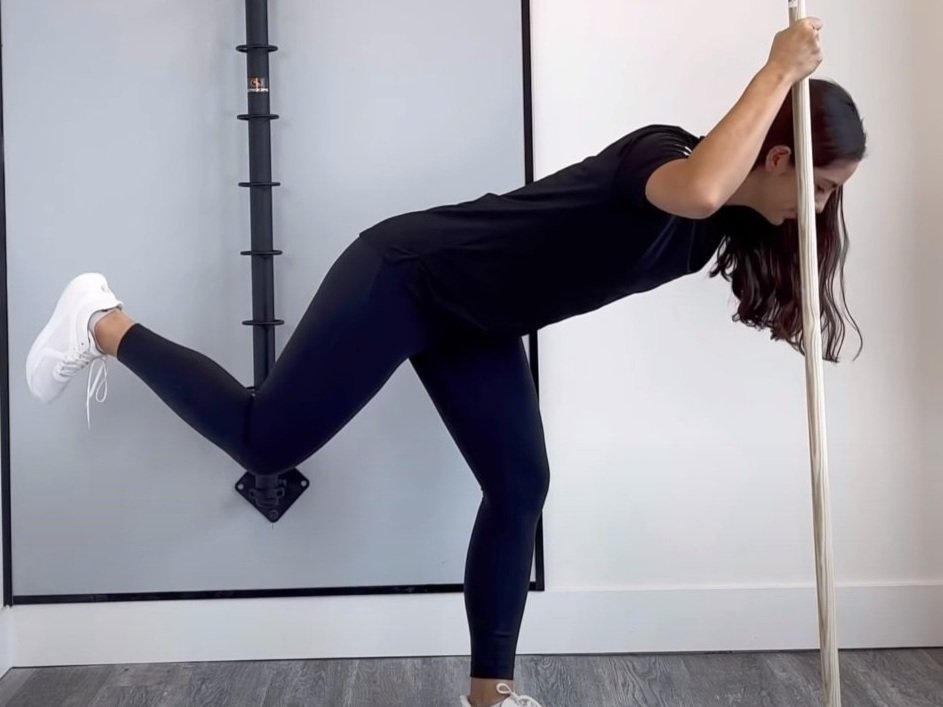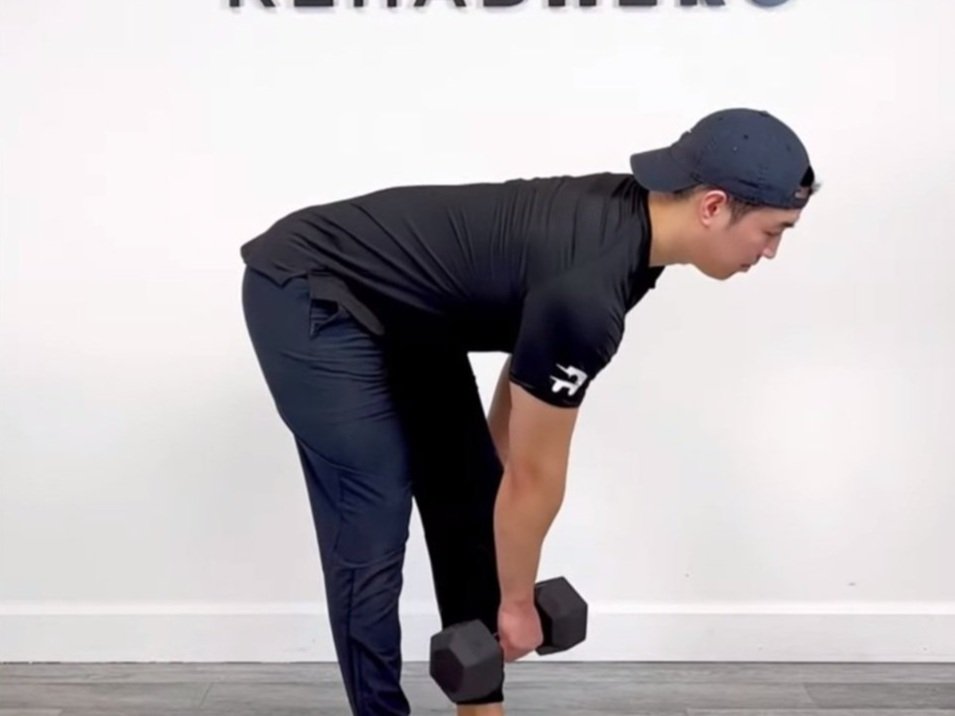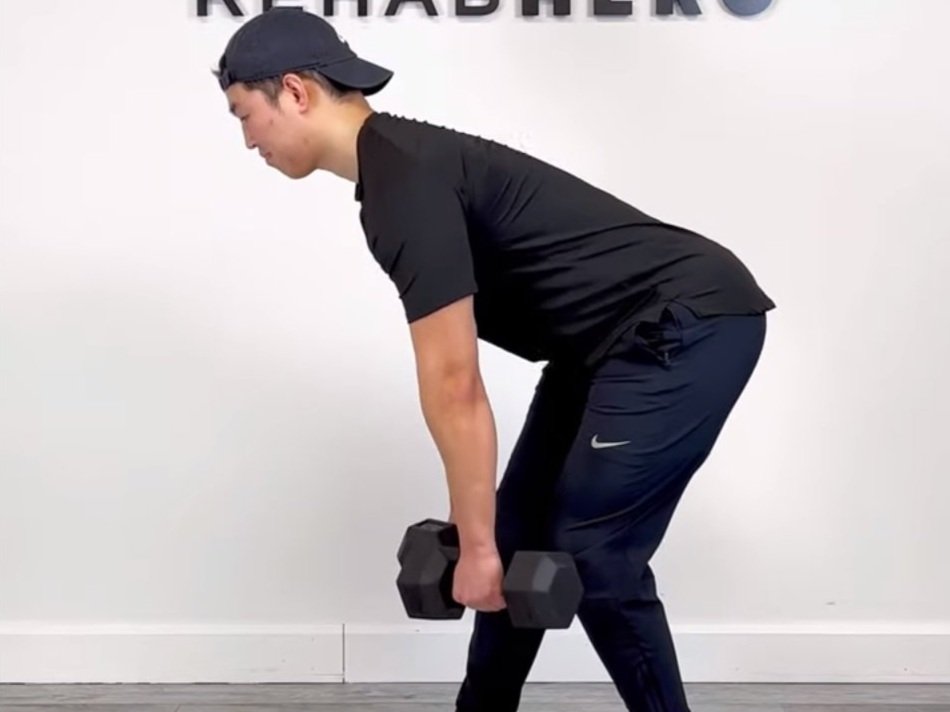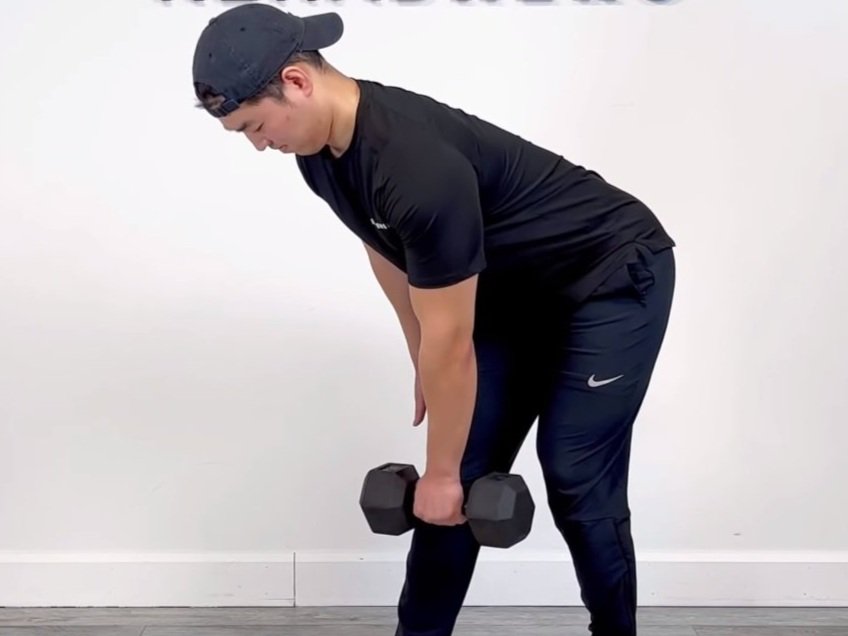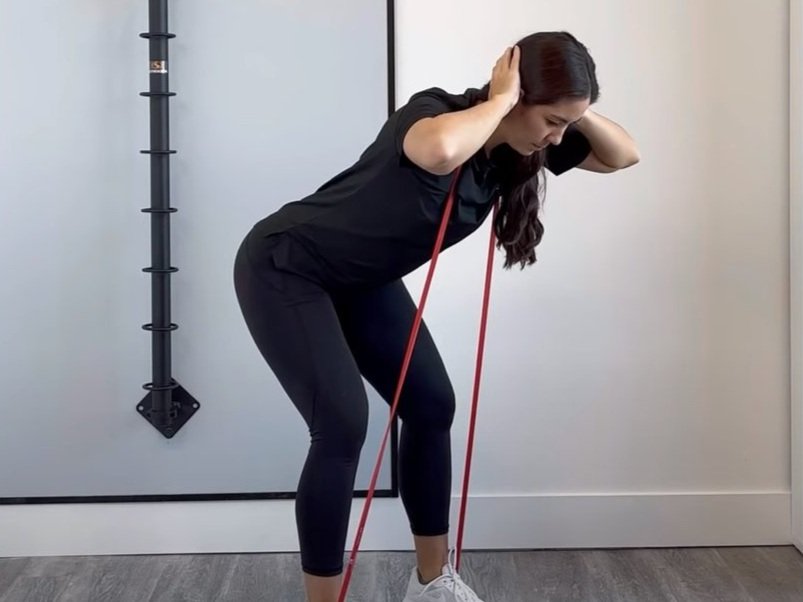Low back injuries and the deadlift
Lower back pain after deadlifting
Learn about the most common low back injuries associated with this exercise and how to prevent them.
What is a deadlift?
Many people ask themselves is deadlifting worth it, given the fact that there is always a chance of getting injured doing it. To get a better understanding of is deadlifting good for your back, we first need to know what is a deadlift? The deadlift is an exercise in which you lift a weight off the ground to your hips, then lower it back to the ground. This is done using a barbell, dumbbell, or kettlebell. The main muscles worked are the glutes, hamstrings, and erector spinae. In terms of injury risk, deadlifting is no different than any other lifting exercise. The most common injuries are strained muscles and ligaments. These usually happen when the weight is too heavy or when the lifting is not done properly. The best way to avoid these types of injuries is to use proper form and to warm up properly before lifting. If you do these things, then the chances of getting injured while deadlifting is reduced. So overall can we say that is Deadlifting good for your back? Yes, as long as you take the necessary precautions to avoid injuries.
Who gets injured?
Low back injuries are common among weightlifters, and deadlifts are one of the most frequent culprits. There are a few reasons why deadlifts might lead to lower back pain, particularly on one side. First, the deadlift is an compound movement, which means that it places stress on multiple muscles and joints. Second, the deadlift requires a lot of spinal extension, which can put strain on the backs passive structures. Finally, the deadlift involves a heavy load, which can increase the risk of injury if the movement is not performed correctly. To avoid low back pain after deadlifting, be sure to use proper form and warm up thoroughly before lifting. If you start to experience pain, stop lifting and consult a sports chiropractor or physical therapist.
How do I know if I injured my back from deadlifting?
Deadlifts are a great exercise for building strength and staying fit, but they can also be treacherous if you don't know what you're doing. One of the most common deadlift injuries is lower back pain on one side. This can be caused by incorrect form, lifting too much weight, or simply being too fatigued. If you experience sharp lower back pain after deadlifting, it's important to see a physical therapist to rule out any serious injuries. However, if the pain is mild and goes away after a day or two, it's likely that you've just strained a muscle and will need to take some time off to recover. In either case, it's important to listen to your body and be careful when deadlifting to avoid further injury.
Is it normal for deadlifts to hurt your back?
It's not uncommon to experience some lower back pain when deadlifting, especially if you are new to the exercise, if you’ve increased your lifting volume rapidly, or if you’re fatigued. However, if the pain is sharp, it could be a sign of a more serious injury. Some common deadlift injuries include herniated discs, sacroiliac joint sprains, and muscle strains. If you are experiencing any of these symptoms, it's important to see a doctor or physical therapist to get a proper diagnosis. With the right treatment, you'll be back to deadlifting in no time.
There are several reasons why deadlifts might cause pain in your lower back. First, the deadlift is an intense exercise that puts a lot of stress on your muscles and joints. Additionally, the deadlift requires you to arch your back, which can irritate the facet joints if hyperextended. Finally, deadlifts also involve a lot of anti-twisting and anti-turning, which can lead to muscle strains. While it's normal to experience some discomfort after deadlifting, sharp or severe pain is a sign that you may be injured. If you're experiencing lower back pain, it's important to consult with a medical professional to rule out any serious injuries.
Can deadlifts cause slipped discs?
One of the most common questions that strength trainers and fitness enthusiasts ask is whether deadlifts can cause slipped discs. While it is possible to experience lower back pain after deadlifting, the injury is more likely to occur if you have pre-existing back problems or perform the exercise with incorrect form. If you deadlift with good technique and listen to your body, you should be able to avoid any serious injuries. Slipped discs or disc herniations are more common with repetitive stress as seen in occupations like warehouse workers, furniture movers, or factory workers. It is less common to occur in single events like lifting a heavy weight in a deadlift. To learn more about slipped discs click here.
Should I deadlift with lower back pain?
If you deadlift with lower back pain, you may be exacerbating the condition. Additionally, deadlifting with lower back pain may cause you to compensates for your pain by using poor form, which can further injure your back. If you have sharp lower back pain after deadlifts, it is important to seek medical attention to ensure that you do not have a more serious condition. Overall, it is best to avoid deadlifting with lower back pain, or to modify or regress the exercise so that it is non-aggravating.
When you're lifting weights, it's important to listen to your body and be aware of any pain you're feeling. Some soreness is normal, especially if you're new to lifting or trying a new exercise. If injured, the common phrase ‘No pain no gain’ doesn’t apply!
How long does it take for lower back pain to go away?
For many people, deadlifts are a essential part of their workout routine. However, deadlifts can also be a cause of lower back pain. So how long does it take for lower back pain to go away after deadlifting?
Unfortunately, there is no simple answer. The amount of time it takes for lower back pain to go away depends on the severity of the injury and the individual's natural healing process. For some people, the pain may go away within a few days. Others may experience more chronic pain that takes weeks or even months to resolve.
If you experience sharp lower back pain after deadlifting, it's important to get an assessment to rule out any serious injuries. Massage therapists, chiropractors or physiotherapists can also provide guidance on how to best manage the pain and promote healing. In the meantime, rest from aggravating movements, staying as mobile as tolerable, and over-the-counter pain medications can help to reduce discomfort. With time and proper care, most people will eventually recover from deadlift-related lower back pain.
Are deadlifts dangerous for the lower back?
There is no shortage of opinions on whether deadlifts are good or bad for your back. Some people swear by them, while others say they're the surest way to injure yourself. So, what's the truth? Are deadlifts dangerous for your lower back?
The answer is that it depends. If you have good form and lift within your limits, then deadlifts can be an excellent exercise for strengthening your back. However, if you don't maintain proper form, don’t respect the body’s need for recovery, or push through fatigue you may get injured. That being said, even if you have perfect form, deadlifts are still a very demanding exercise, and it's important to listen to your body and not ignore the signals your body give you. If you're new to lifting, it's worth starting with lighter weights and working up to heavier ones gradually. Working alongside a coach or trainer can help with preventing injuries. After all, even national powerlifting athletes have coaches, so why shouldn’t you? And even if you're an experienced lifter, it's always a good idea to warm up thoroughly before attempting any heavy lifts.
So, is deadlifting worth it? That's a decision that only you can make. If you're willing to put in the time to learn proper form and build up slowly, then deadlifts can be a great way to strengthen your back. But if you're not willing to put in that work or you have any concerns about your lower back, then it might be best to find another exercise that works better for you.
FAQ
-
The symptoms of lower back strain can vary depending on the severity of the injury, but they typically include pain in the lower back and buttocks, muscle spasms, and difficulty moving the affected area. In some cases, the pain may radiate down the leg. To learn more about muscles strains click here to read more
-
If you've hurt your back, there are a few different types of specialists who can help you get relief. A physiotherapist can provide treatment to help reduce pain and inflammation, and massage therapy can help to loosen up tightened muscles. Chiropractors can also help to reduce pain and manage symptoms. In most cases, a combination of these therapies will be the most effective way to get relief from back pain.
-
If you've hurt your back during deadlifts, you may be wondering if stretching is the best way to recover. While stretching can certainly help to relieve pain and promote healing, it's not always the best option immediately after an injury. Depending on the severity of your injury, you may need to seek professional treatment from a physiotherapist, massage therapist, or chiropractor. These experts can help to reduce inflammation and promote healing in the affected area. They can also provide specific exercises and stretches that are tailored to your individual needs. So if you're unsure about whether or not to stretch after injuring your back, it's best to consult with a professional first.
Written by Dr. David Song
Dr. David Song is a chiropractor in Markham with experience working with powerlifting and olympic weightlifting athletes. He has a passion helping individuals improve their weight lifting related injuries due to his own history with injuries. Now, he focuses on educating patients in person and on the internet to help prevent as many injuries as possible.

